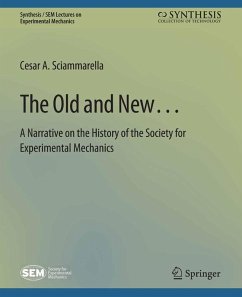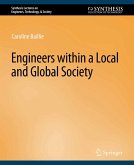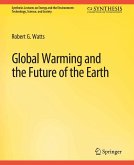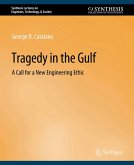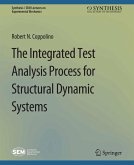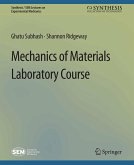The field of Experimental Mechanics has evolved substantially over the past 100 years. In the early years, the field was primarily comprised of applied physicists, civil engineers, railroad engineers, and mechanical engineers. The field defined itself by those who invented, developed, and refined experimental tools and techniques, based on the latest technologies available, to better understand the fundamental mechanics of materials and structures used to design many aspects of our everyday life. What the early experimental mechanician measured, observed, and evaluated were things like stress, strain, fracture, and fatigue, to name a few, which remain fundamental to the field today. This book guides you through a chronology of the formation of the Society for Experimental Mechanics, and its ensuing evolution. The Society was founded in 1935 by a very small group of individuals that understood the value of creating a common forum for people working in the field of Applied Mechanics of Solids, where extensive theoretical developments needed the input of experimental validation. A community of individuals who-through research, applications, sharp discussion of ideas-could fulfill the needs of a nation rapidly evolving in the technological field. The founders defined, influenced, and grew the field of what we now call Experimental Mechanics. Written as a narrative, the author describes, based on input from numerous individuals and personal experiences, the evolution of the New England Photoelasticity Conference to what we know today as the Society for Experimental Mechanics (SEM). The narrative is the author's perspective that invites members of the Society to contribute to the story by adding names of individuals, institutions, and technologies that have defined the Society over the past 75 years. Many of the key individuals who greatly influenced the advancement of the field of Experimental Mechanics are mentioned. These individuals are, in many ways, the founders of the field who have written textbooks, brought their teaching leadership and experiences to the classroom, worked on the Apollo project, and invented testing, evaluation, and measurement equipment that have shaped the fields of engineering. SEM's international membership is highly represented by those in academia, as you will read, although there has always been a powerful balance and contribution from industry and research organizations across the globe. The role of the experimental mechanician is defined, in many ways, through the individual legacies shared in the following pages....legacies that define the past and create the foundation for what is now and what is to come.
Dieser Download kann aus rechtlichen Gründen nur mit Rechnungsadresse in A, B, BG, CY, CZ, D, DK, EW, E, FIN, F, GR, HR, H, IRL, I, LT, L, LR, M, NL, PL, P, R, S, SLO, SK ausgeliefert werden.

